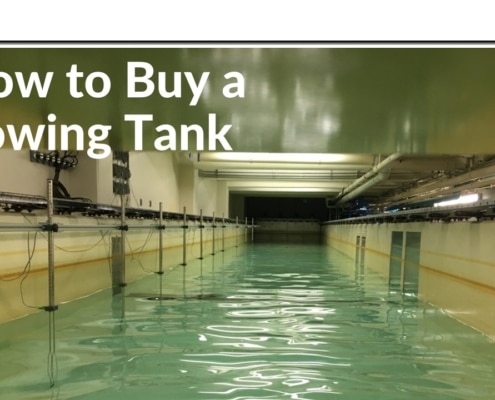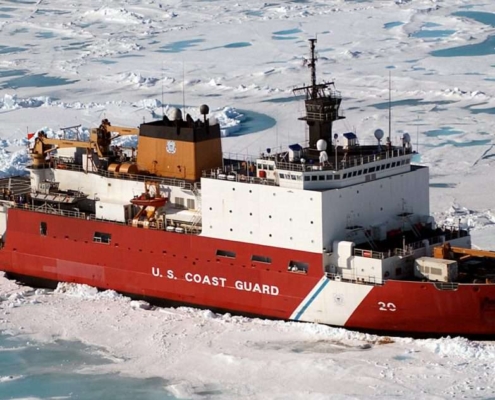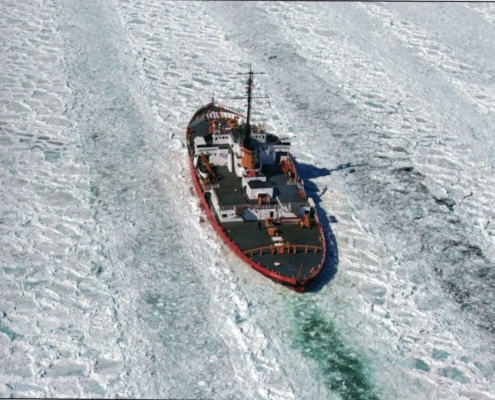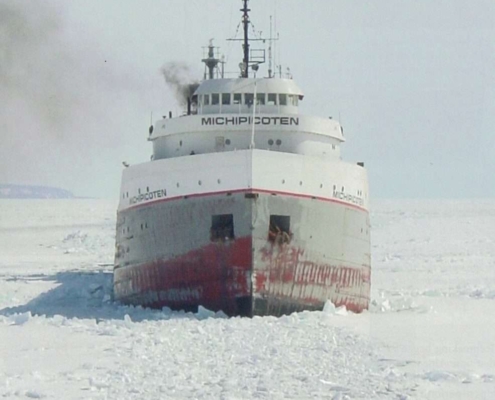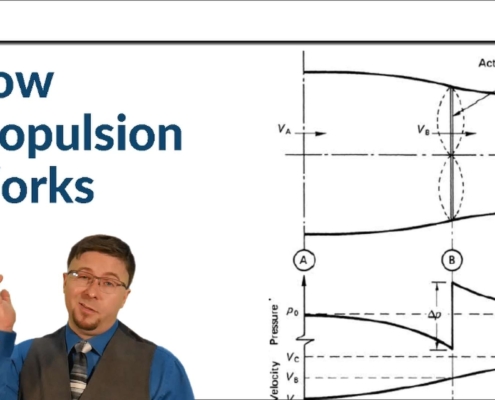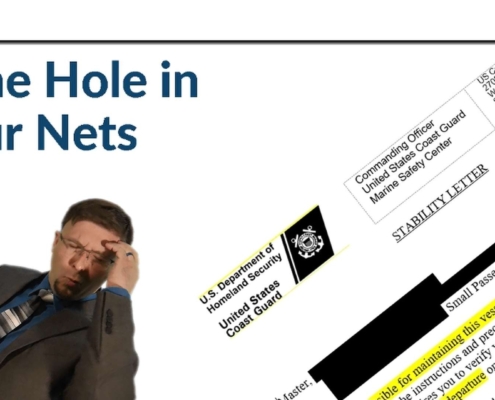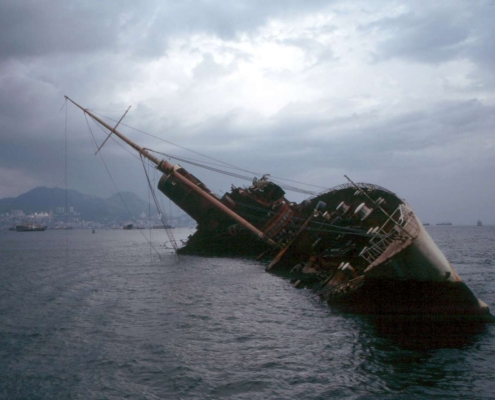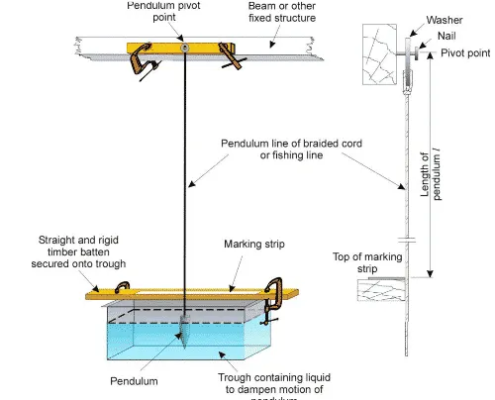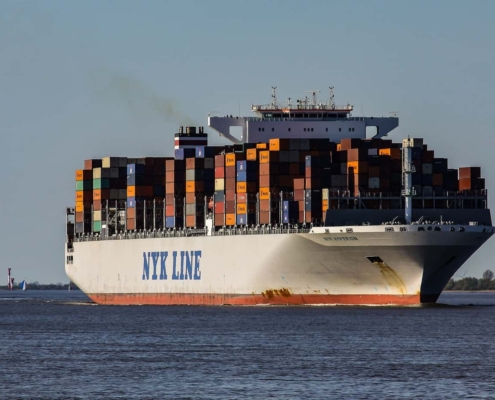It all comes down to speed. At higher speeds, waterjets show greater efficiency. But at lower speeds, they struggle to create enough momentum change with limited water flow rates. DMS created a simple comparison, using the same waterjet for six different peak speeds. (Figure 4‑1)
In practical terms, this would be the same waterjet used on six different types of vessels. The peak speed of 60 knots represents a sleek, light patrol vessel designed to cut through the waves. The peak of 10 knots applied to a slow lumbering barge, pushing a heavy load. It was more instructive to assume a constant power and vary the peak vessel speed, because waterjet efficiency hinged on speed.
The graph showed how waterjet efficiency dropped drastically at lower speeds. Above 30 knots, waterjets offered a better option to open water propellers. Below 20 knots, propellers were the clear winner. The range of 20 – 30 knots remained uncertain. Propellers have a few tricks to remain competitive in this range, and waterjet efficiency hinges on selecting the right model. Either option has merits, depending on your circumstances.
The speed range of 20 – 30 knots is also a very popular set of design speeds for many vessels. Picking the wrong propulsor may drastically alter your fuel consumption for these applications. DMS offers careful review and comparison of propulsion options in this range.
Remember to consider your operational profile when selecting the propulsor. Notice that the waterjet efficiency drops off with speed. Don’t select a waterjet due to its efficiency at high speed if you spend 90% of the time trawling. DMS can work with you to balance all the operational needs and maximize your propulsive efficiency.






